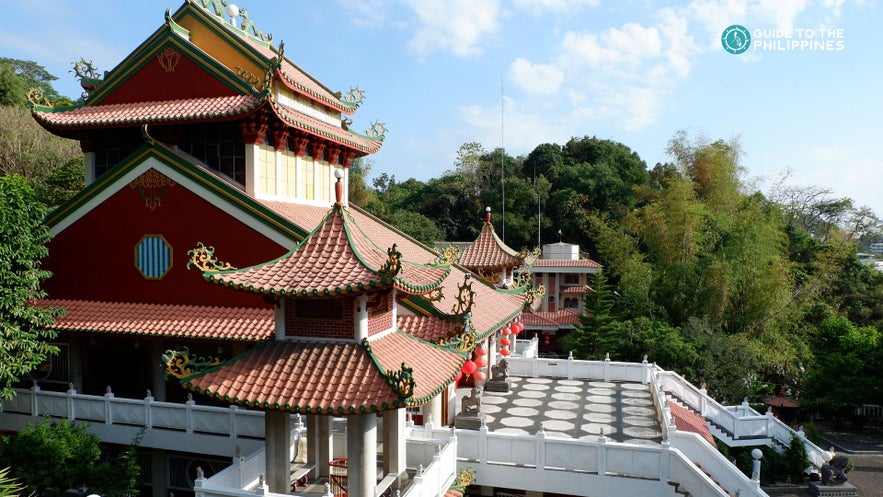
As one of the top attractions in La Union, a province renowned for its surf towns and coastal beauty, Ma-Cho Temple provides a refreshing cultural contrast to the laid-back beaches of San Juan. This 7-story structure is surrounded by lush gardens and features a pagoda, bamboo groves, and statues of deities—each element steeped in symbolism and history.
Visitors can explore the temple grounds freely, where panoramic views of the sea and the city below provide a stunning backdrop for photos. Don’t miss the intricately designed archways and the replica of the Great Wall of China within the temple complex—unique touches that make this site a standout among the Philippines' religious and cultural attractions.
Whether you’re tracing the country’s spiritual roots or simply looking for a serene escape, this temple offers a distinct cultural adventure that complements other historic and scenic sites in the Northern Luzon region.









